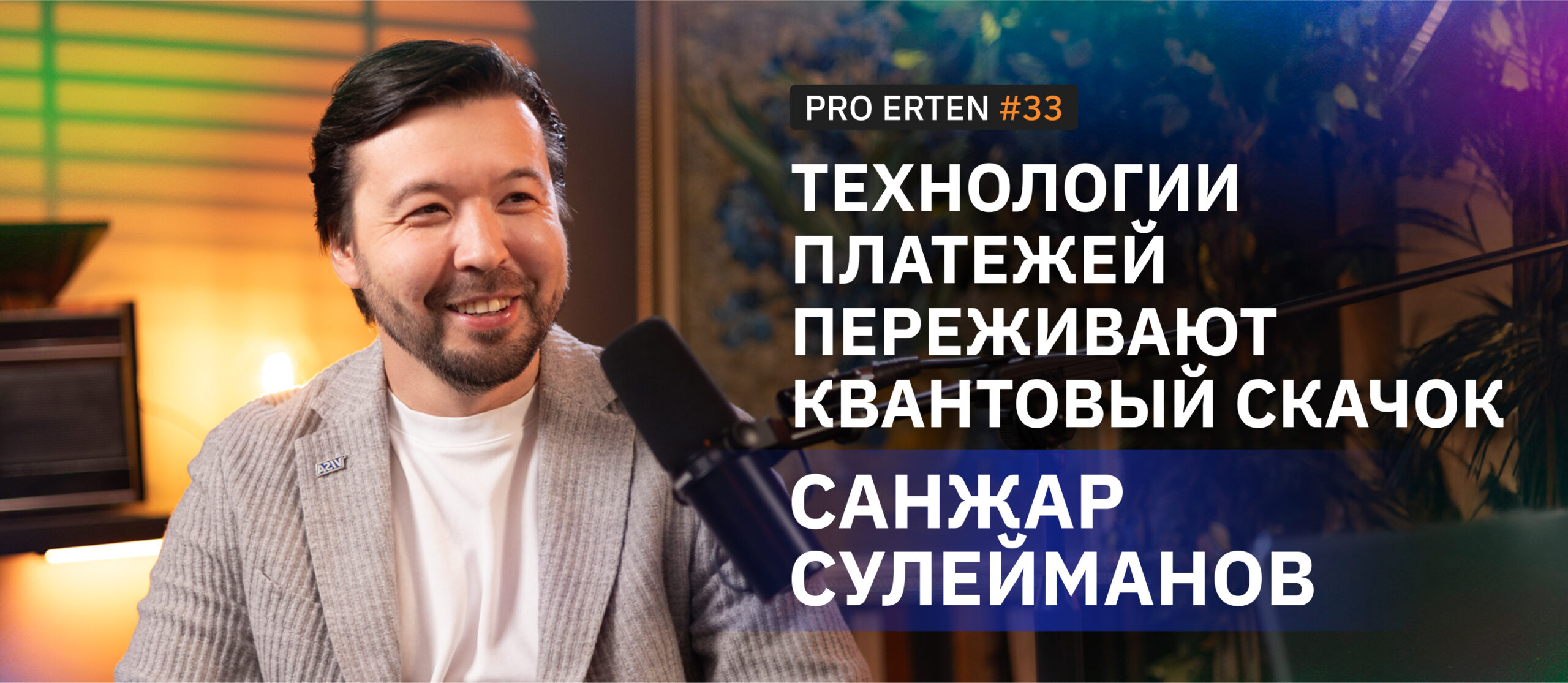At the helm of Kid Security, a promising Kazakhstani startup, founder Asat Ashamanov believes his team has crafted a parental control app that's not only functional and easy to use but also one that kids genuinely enjoy. In an exclusive conversation with Er10.media, Ashamanov delves into the journey of creating this innovative app, its unique features, and the exciting prospects of taking it global.
Every parent wants their child to be safe, but today’s world presents risks both offline and online. Modern parental control apps have emerged as a solution, enabling parents to monitor their children’s locations through GPS and keep an eye on their online activities.
While the market is flooded with parental control apps from tech giants like Apple and Google, these apps often present setup challenges and face resistance from tech-savvy teens who see them as invasive.
Follow Kazakhstan’s Startup Movement in the "100 Startup Stories of Kazakhstan", a collaborative project by ER10 Media and Astana Hub. This initiative highlights the most innovative Kazakh startups, showcasing projects that stand out for their creativity and impact. Among the heroes are Astana Hub residents, as well as creators of other innovative technological products and services. The content is available in Kazakh, Russian and English.
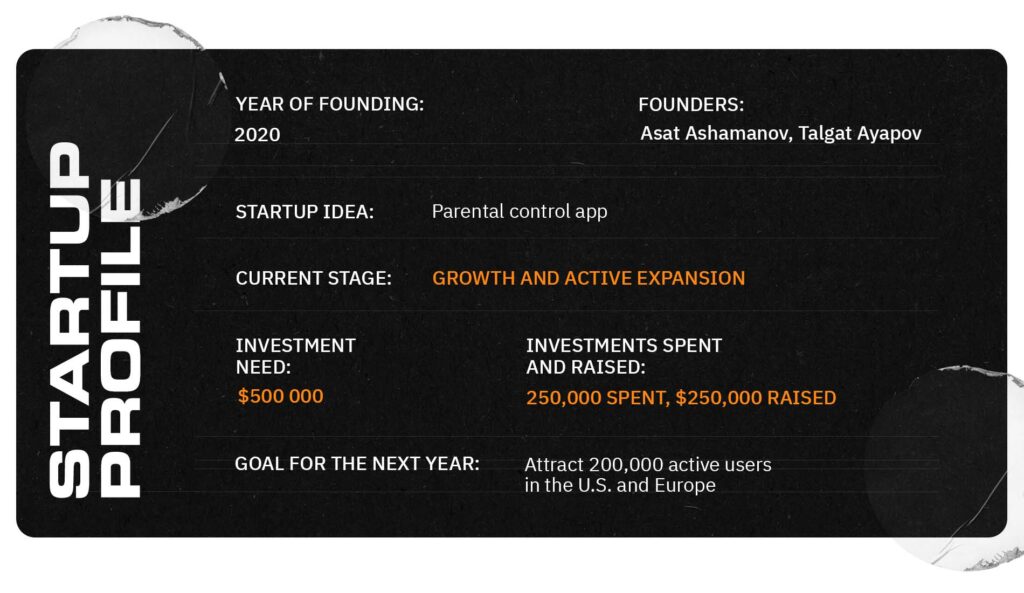
From Goose Farm to Cutting-Edge Tech: The Birth of a Startup
– How did Kid Security come to be?
– Our journey began with a simple goal: to build a successful business and provide for our families. However, creating a parental control app wasn’t our first venture. My friends and I initially tried our hands at running a goose farm. We invested in the necessary equipment and infrastructure, hatched around a thousand birds, but faced setbacks that forced us to sell the remaining geese and break even. It was a valuable learning experience, but we quickly realized that without the right expertise and resources, such ventures were risky.
We then shifted gears, focusing on analyzing market trends and identifying real problems. Around that time, GPS watches for kids were becoming popular, allowing parents to track their children’s locations and monitor their surroundings. We decided to dive into the retail market for GPS watches, but soon discovered that the existing software was subpar. So, we teamed up with developers to create a superior app, replacing the generic Chinese software with a more refined solution.
The GPS watch business ran successfully for two years, teaching us how to sell, negotiate with major retailers, and navigate the entrepreneurial landscape. But we eventually hit a ceiling due to the market's limitations. That’s when we decided to sell the business to a competitor and embark on a new venture—Kid Security.
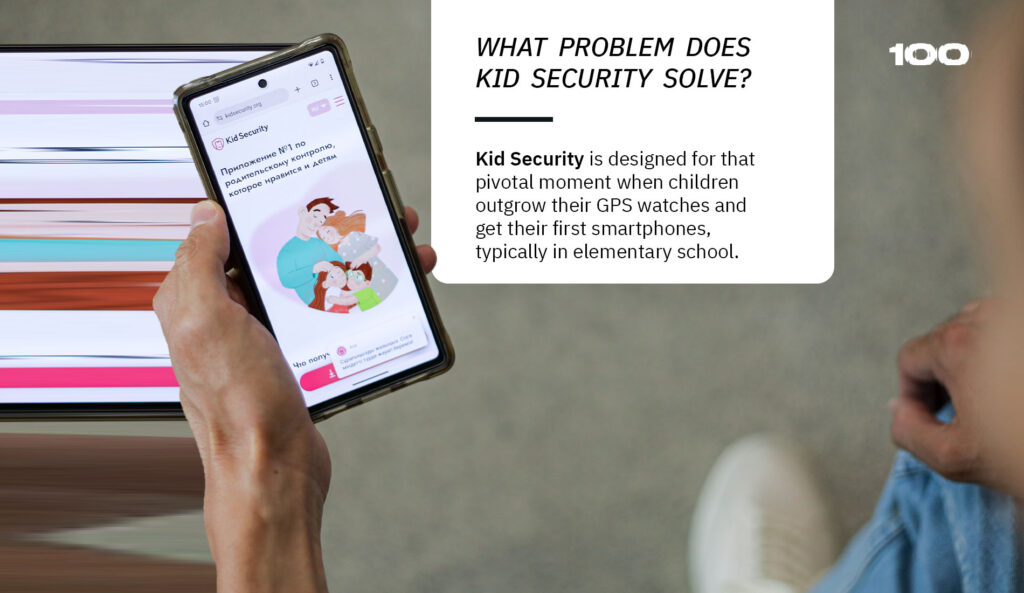
– What problem does Kid Security solve?
– Kid Security is designed for that pivotal moment when children outgrow their GPS watches and get their first smartphones, typically in elementary school. At this point, parents are faced with a choice: either stick with the built-in parental control apps from Apple or Google, or opt for a third-party solution like Kid Security.
What Sets Kid Security Apart: A Feature Even Google Doesn’t Have
– What makes your app different from Apple and Google’s offerings?
– By the time we launched Kid Security, I had firsthand experience with Google’s Family Link app. Setting it up took 30 to 40 minutes—an overly complex process that left me wondering how less tech-savvy users like my wife, mother, or sister would manage. Our research revealed that Google, focused on its core business, doesn’t invest heavily in refining these supplementary free products, leading to a less-than-stellar user experience.
This insight sparked our idea to create an app that could be installed and configured in just two minutes. During our time in accelerator programs, we were advised to make our product ten times better than the competition. This challenge drove us to refine our app and find ways to truly stand out.
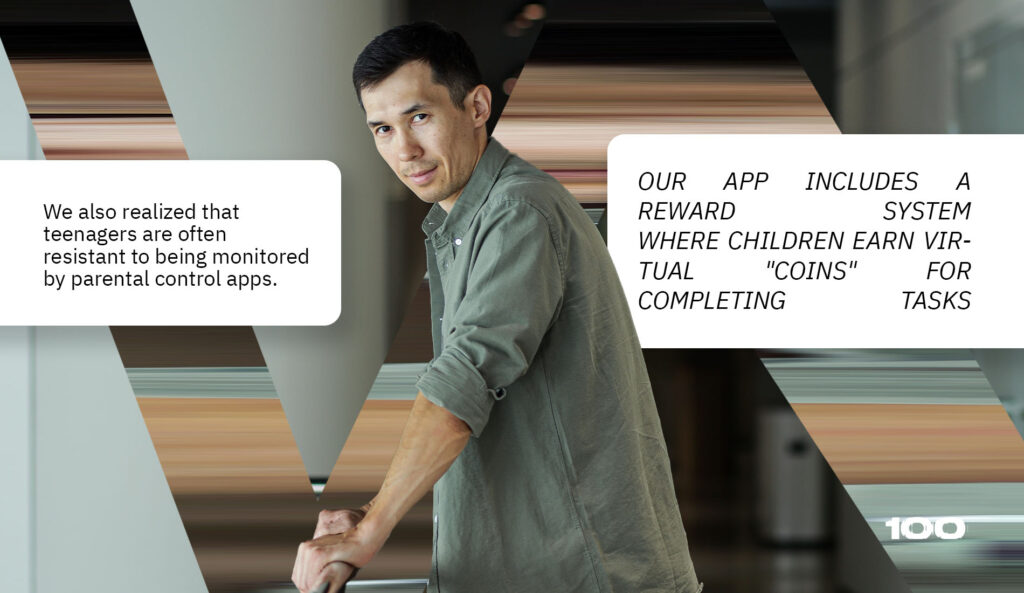
We also realized that teenagers are often resistant to being monitored by parental control apps. To address this, we introduced a unique feature that creates a win-win scenario for both parents and kids. Our app includes a reward system where children earn virtual "coins" for completing tasks like making their bed, getting good grades, or brushing their teeth. These coins can then be exchanged for rewards agreed upon with their parents. This feature alone has boosted user retention by 20-30%, with both parents and kids responding positively.
But we didn’t stop there. We noticed that most parental control apps offered either physical safety features like location tracking or digital safety features like managing online activities, but rarely both. We decided to integrate all these functions into a single app. Our app allows parents to track their child’s location, view visit history, listen to the surroundings, and also control screen time by disabling games and social media after a set period.
These three key features make our product stand out and attract users who are looking for a comprehensive solution.
– Is Kid Security available globally?
– Yes, our app is available worldwide. We’ve localized it for nearly 50 countries.
– What stage is the startup at currently?
– We’ve successfully moved past the early stages and are now focused on growth and expansion.
– How many users does Kid Security have?
– Our app has over 3 million downloads and around 220,000 active users. We operate on a Freemium model, offering basic features for free, with premium features available through a subscription. We also provide a 7-day free trial for users to experience all the app's capabilities.
Overcoming Challenges: Expensive Talent and Management Missteps
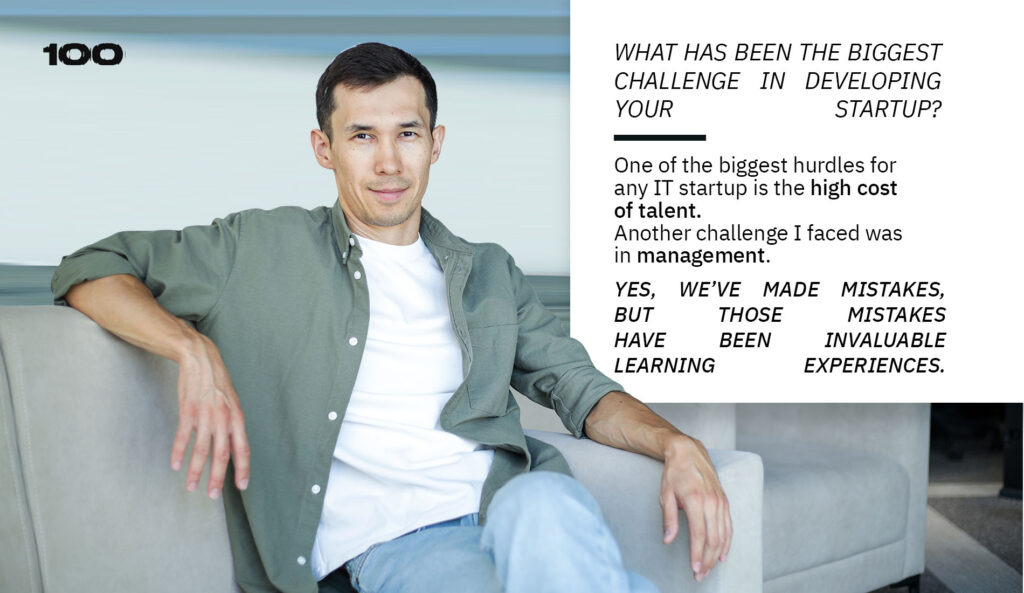
– What has been the biggest challenge in developing your startup?
– One of the biggest hurdles for any IT startup is the high cost of talent. Highly qualified IT professionals demand salaries ranging from $3,000 to $5,000, which is often out of reach for early-stage startups. We initially hired mid-level developers who delivered adequate results, but as our user base grew, it became clear that the initial architecture couldn’t handle the increased load.
This is exactly what happened with Kid Security.
As our user base rapidly expanded, we encountered technical issues due to the system’s inability to scale. About nine months ago, we decided to temporarily limit growth, overhaul the service architecture, and enhance the system’s resilience. We brought in senior IT specialists and re-engineered the product. Now that this phase is complete, we’re ready to scale up once again.
Another challenge I faced was in management. I oversee finances, sales, and marketing, and early on, I made the mistake of not trusting other specialists enough, trying to control everything myself. While accelerators taught me to keep a close eye on every process, this approach ended up stifling both me and the startup. Over time, I learned to trust professionals and delegate tasks. However, I swung too far in the opposite direction, resulting in a loss of control, which cost the company $100,000 in ineffective advertising. This experience was a tough lesson in the importance of balance.
Now, we manage our budget more wisely, dedicating 5-10% to testing risky hypotheses. This approach allows us to innovate and grow, with the understanding that some ideas might just take off.
Yes, we’ve made mistakes, but those mistakes have been invaluable learning experiences.
– What investment is needed for Kid Security’s growth?
– We’re gearing up for our next phase of growth and development. Within the next six months, we’ll be seeking investors, aiming to raise between $500,000 and $1 million.
Looking Ahead: International Ambitions and Future Plans
– What are your plans for the future? Are you looking to scale in new markets?
– Our research shows that 50% of global subscription revenue comes from the U.S., with another 30% from Europe. The remaining 20% is spread across the rest of the world. While we’ve primarily focused on Kazakhstan and CIS markets, we now recognize the need to scale in the U.S. and Europe to drive further growth. Our goal is to have 70% of our user base in these regions.
– So, you’re planning to expand more aggressively into international markets?
– Absolutely. We’re actively exploring new opportunities.
– Do you believe your startup is making a difference?
– I’m certain of it. As both the founder and a user of Kid Security, I have peace of mind knowing where my child is and that I can manage their physical and digital safety. I also set limits on screen time—say, an hour and a half—and the app automatically disables games and social media after that period.
– Is it easy to build a startup in Kazakhstan?
– I believe it is. Kazakhstan offers tax incentives, accelerator programs, training, and grants. However, success depends on the individual. You need to be proactive and take full advantage of the opportunities provided. When we spoke with international startup founders, they were surprised by the favorable conditions we have here.
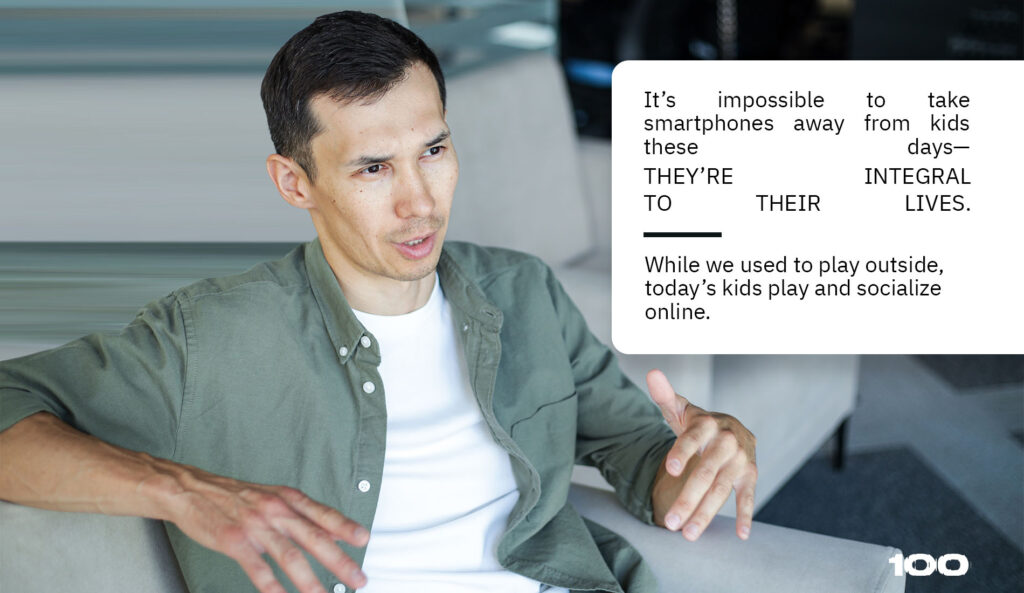
– Kids and Smartphones – What’s Next? Will the Younger Generation Fully Retreat into the Virtual World?
– It’s impossible to take smartphones away from kids these days—they’re integral to their lives. While we used to play outside, today’s kids play and socialize online. We don’t advocate taking away smartphones, but we do believe in setting reasonable limits and ensuring that children gain useful knowledge and skills while minimizing potential threats. In the future, I believe AI will play a key role in safeguarding children.



